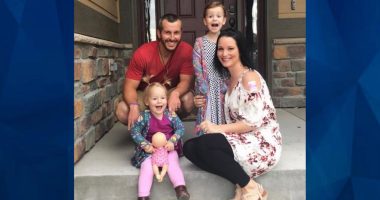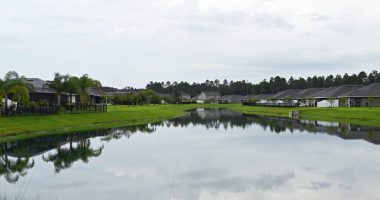
Years ago, starting around the Heian period between 794 and 1185, aristocratic Japanese women engaged in teeth blackening, or ohaguro. They would also shave their eyebrows and paint on new ones with black ink, a custom called hikimayu. For example, when a woman married, she would use teeth blackening, and when a woman had a child, she would shave her eyebrows. During the Edo Period, these practices spread across classes and were eventually practiced by married women, unmarried women over 18 years old, geishas, and sex workers. At this moment in Japan there was a great focus on status and order, and for women, makeup was a big part of this hierarchy.
Speaking to The New York Times, Anna Sawai (Toda Mariko), said none of the actresses were asked to adhere to these customs. Though showrunner and co-creator Justin Marks said the goal of the show was “spiritual authenticity,” the outlet noted that the team still took liberties with historical accuracy to avoid alienating audiences.
High-ranking women were also expected to sit in the tatehiza position — with a knee raised — but the team decided this would be distracting for the audience.








